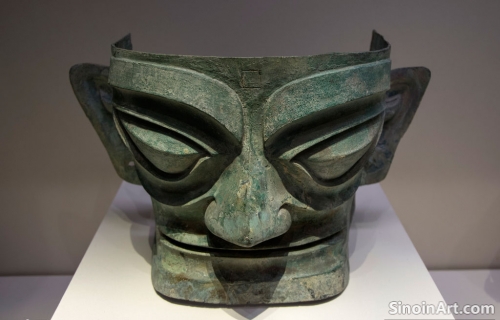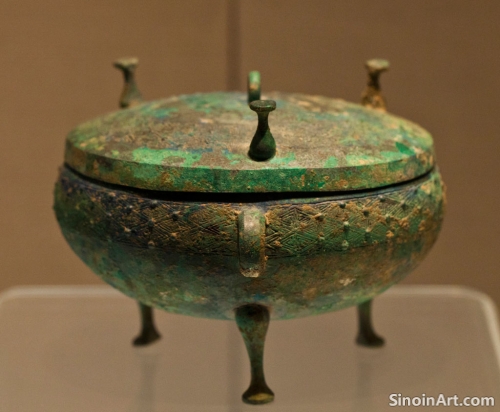The Use of Bronze in Ancient Chinese Medicine: Exploring the Relationship Between Materials and Healing
|
Beyond the use of bronze for tools and instruments, some ancient Chinese beliefs also suggest that the material itself may have been believed to possess healing properties, leading to the use of bronze in specific medicinal preparations and treatments. The connection between specific materials and healing was central to the beliefs and traditions of ancient Chinese medicine. The use of bronze in these preparations highlights the importance of materials science in ancient healing practice.  Some ancient texts suggest that bronze was believed to have properties that could enhance the potency of herbal remedies, with specific metals believed to have different effects on the body. The belief that different metals could have varying effects highlights an early form of material science. The use of specific metals to prepare medicine was an important element in the ancient Chinese tradition of healing.  Bronze vessels were sometimes used in the preparation of herbal concoctions, with the material itself believed to interact with the ingredients in a way that would enhance their healing properties. The containers were designed to both enhance the efficacy of the medicines, and to provide a safe method for storage and handling.  The belief that bronze had the ability to balance yin and yang energies may also have led to its use in specific therapeutic practices, which further demonstrates that it had a symbolic importance and also a real, physical importance. The careful use of different materials was a central element in ancient Chinese traditional practices. The study of bronze and its use in medicine provides valuable insights into ancient Chinese beliefs about healing and the relationship between the body, the environment, and the natural world. These insights help to illuminate the scientific and cultural underpinnings of ancient Chinese traditional medicine. The blending of ritual practice, belief, and technology is a hallmark of ancient Chinese medicine. |
Tag : bronze medicine, ancient healing, Chinese herbalism, material properties, yin and yang
Related information
- The Relationship Between Bronze Vessels and Food Culture in Ancient China
- Bronze Ware and the Influence of Ancient Chinese Philosophical Schools: Confucianism, Daoism, and Legalism
- The Legacy of Zhou Dynasty Bronzes: Shaping Later Chinese Ritual and Culture
- The Legacy of Chinese Bronze Ware in Contemporary Art and Design: New Interpretations
- Bronze Ware and the Transmission of Ancient Chinese Knowledge: Libraries, Archives, and Scholarship
This article explores the connection between bronze vessels and food culture in ancient China, highlighting their use in the preparation, presentation, and consumption of meals, and emphasizing the importance of food in both daily life and ancestral rites.
This article explores how bronze ware was influenced by different schools of thought in ancient China, including Confucianism (order and ritual), Daoism (nature and spontaneity), and Legalism (authority and order), and demonstrating how these philosophies shaped both design and usage.
This article explores the lasting legacy of Zhou Dynasty bronzes, highlighting their influence on later Chinese ritual practices, their impact on subsequent artistic designs, their role in the development of historical records, and their contribution to a continued reverence for tradition.
This article explores the lasting influence of Chinese bronze ware on contemporary art and design, highlighting how artists and designers reinterpret and adapt ancient forms, motifs, and techniques, creating new works that connect the past with the present.
This article explores how bronze ware was used in the transmission of knowledge in ancient China, highlighting its role in creating records, tablets, archive labels, and other objects that helped to document, preserve, and disseminate information for future generations.